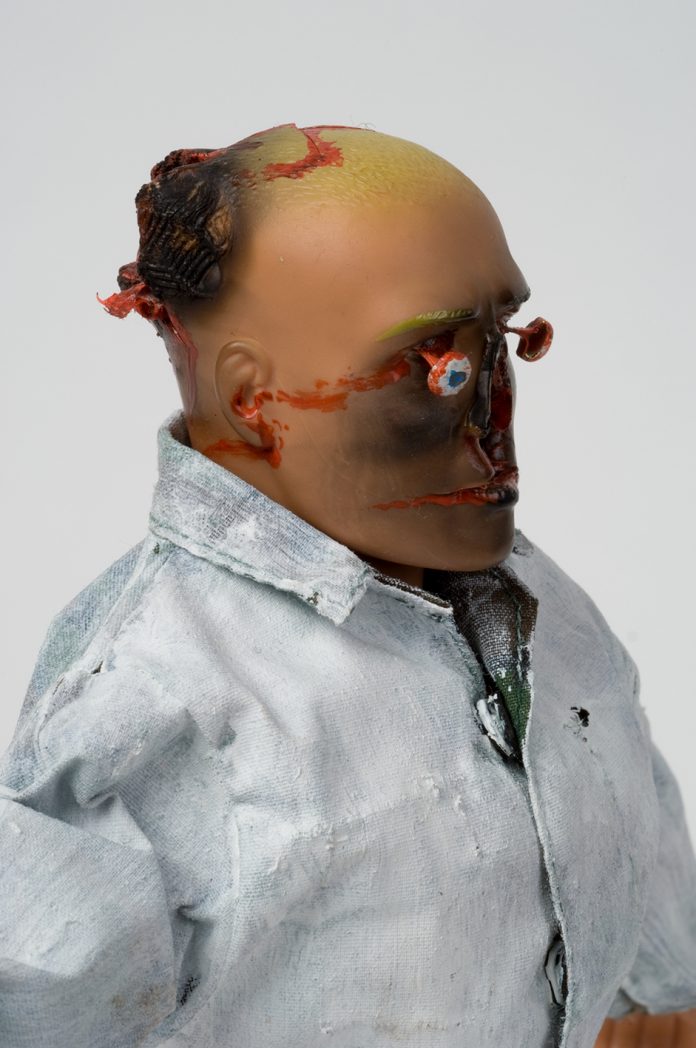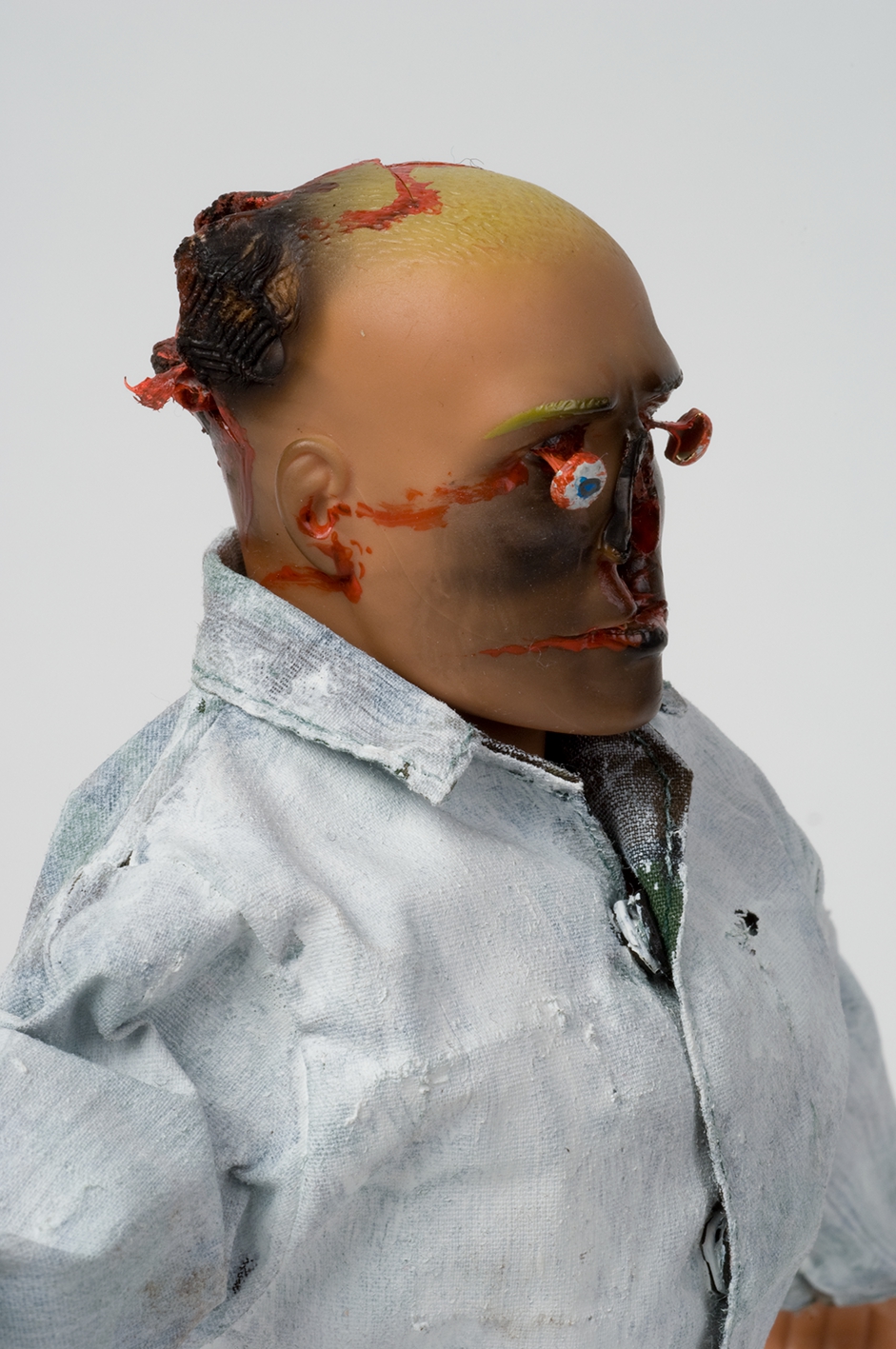MURDER and architecture make for strange partners but Geelong’s Derham Grove says pulp fiction has more in common with design than many people think.
Dr Groves, who lectures at Melbourne University, has been putting his students the hoops of blood and gore in pursuit of better buildings and, nominally, an Australian Crime Centre.
Renowned for his expertise on all things Sherlock Holmes, Dr Groves said architects could learn a lot from crime authors.
“Place plays an important part in crime fiction, it’s important to know where things are and where people are located,” he said.
“I believe buildings should tell stories regardless of what style they take.
“When you actually start with a narrative as the stimulus for building, that kind of helps this idea that perhaps a building is another way of telling a story.”
Dr Groves worked with colleague Dr Andrew Saniga and architecture and landscape students, assigning them pulp novels “Who’s Dying” and “Murder’s Burning” and a brief to design new book covers, movie posters, stage props or sets linked back to book.
They depicted the books’ murder victims with bloodied Barbie and Ken doll corpses.
Students ventured to Ballarat and Woomera and to immerse themselves in the penny dreadfuls and seek inspiration for their work.
On their return they were also tasked with designing an Australian Crime Centre.
The results were colourful, contemporary and bloodstained – and, as Dr Groves wanted, out the box.
“Architecture to me is often too polite, too much about good taste rather than good designs, so it was using crime to try and get people to actually think outside the good taste box,” Dr Groves said.










